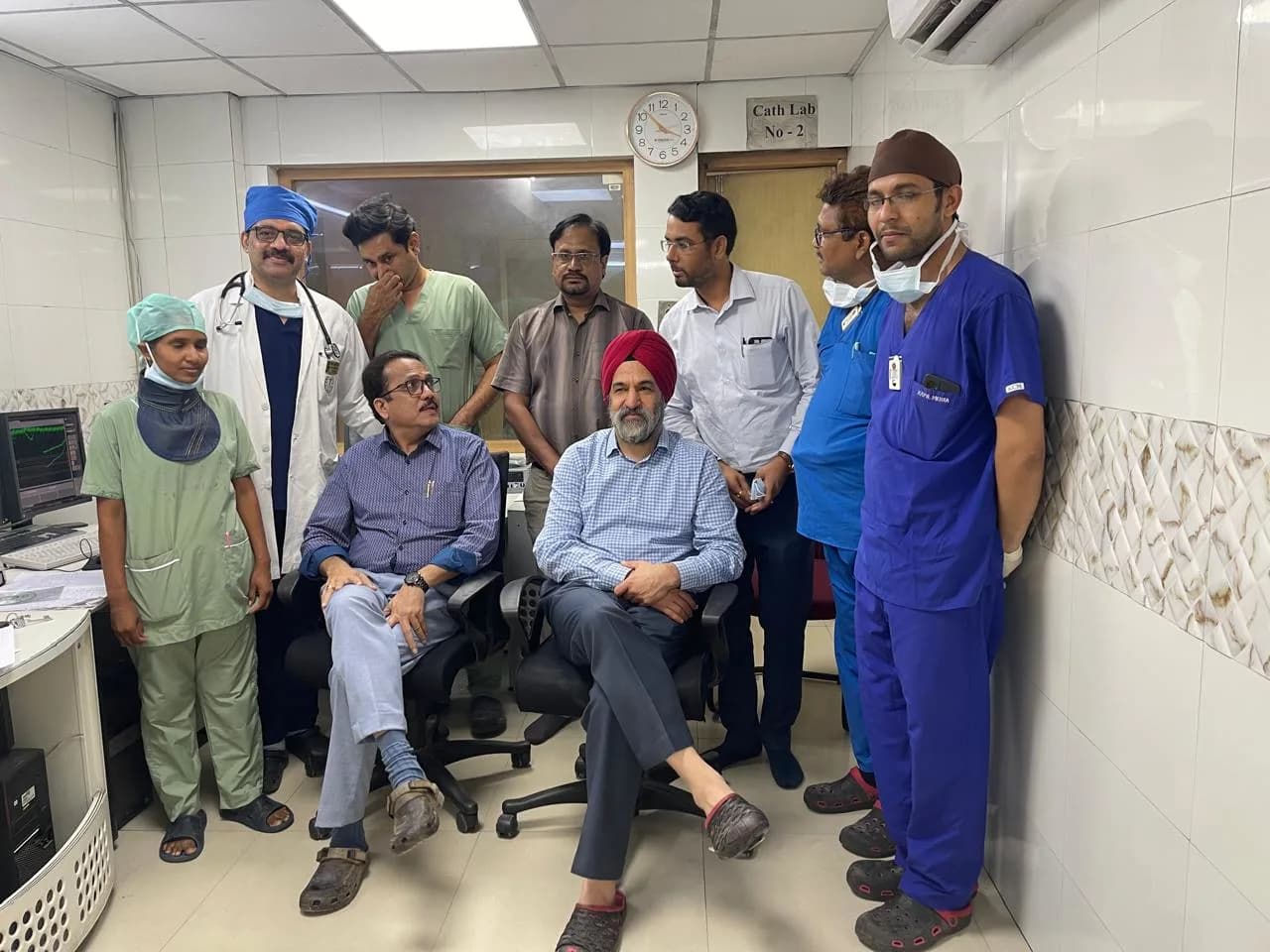Helping a Young Athlete Return to Sports

Helping a Young Athlete Return to Sports
Arjun (23, National-Level Athlete)
Patient Background
Arjun, a 23-year-old national-level athlete, had a rigorous training schedule and high physical performance demands. Despite being young and fit, he began noticing irregular heartbeats and palpitations during intense practice sessions. While initially dismissing them as fatigue or stress, he became concerned when episodes increased in frequency and were sometimes accompanied by mild dizziness and breathlessness. Understanding the importance of professional evaluation, he consulted Dr. Dinesh Gautam for a thorough cardiac assessment.
Symptoms & Diagnosis
Dr. Gautam conducted detailed investigations, including ECG, echocardiography, and cardiac electrophysiology studies. The tests revealed a congenital heart defect that had gone undetected since childhood. While not immediately life-threatening, the defect posed significant risks during high-intensity sports, including arrhythmia or sudden cardiac events. Early detection was critical to prevent potential complications and allow a safe return to competitive athletics.
Treatment Approach
Dr. Gautam recommended a minimally invasive device closure procedure. This involved catheterization, where a device was guided through a vein to the heart to close the defect. The procedure avoided open-heart surgery, reducing risks and recovery time. Temporary medications were prescribed to support cardiac function post-procedure, including beta-blockers and antiplatelet therapy. Dr. Gautam closely monitored Arjun during the procedure and recovery to ensure optimal outcomes.
Recovery & Rehabilitation
Following the procedure, Arjun underwent a structured rehabilitation program. This included monitored cardiovascular exercises to rebuild endurance, nutrition optimization for recovery and performance, and periodic imaging to ensure complete closure of the defect. He gradually increased training intensity under supervision, ensuring no recurrence of symptoms. Regular follow-ups with Dr. Gautam allowed real-time adjustments to his regimen and safe reintegration into competitive sports.
Patient Support & Education
Dr. Gautam provided guidance on safe training schedules, recognition of warning signs, and the importance of maintaining overall heart health. Psychological support helped Arjun manage anxiety related to his condition and regain confidence in his abilities. His coaches and family were educated on early symptom recognition and emergency measures in case of cardiac events.
Lifestyle Changes & Long-Term Management
Arjun adopted heart-healthy habits including a balanced diet, proper hydration, adequate rest, and structured training intervals to prevent overexertion. He incorporated mindfulness techniques to manage stress, essential for both cardiac health and athletic performance. Follow-up imaging and ECGs continued to monitor cardiac health, ensuring safe participation in sports at all levels.
Outcome
The minimally invasive procedure, combined with rehabilitation, education, and lifestyle management, allowed Arjun to return to competitive sports safely. He regained confidence, improved performance, and learned to listen to his body’s signals. This case demonstrates the importance of thorough evaluation, timely intervention, and structured post-procedure care in young athletes with hidden cardiac risks.
Summary
Unexplained palpitations led to the discovery of a congenital heart condition.